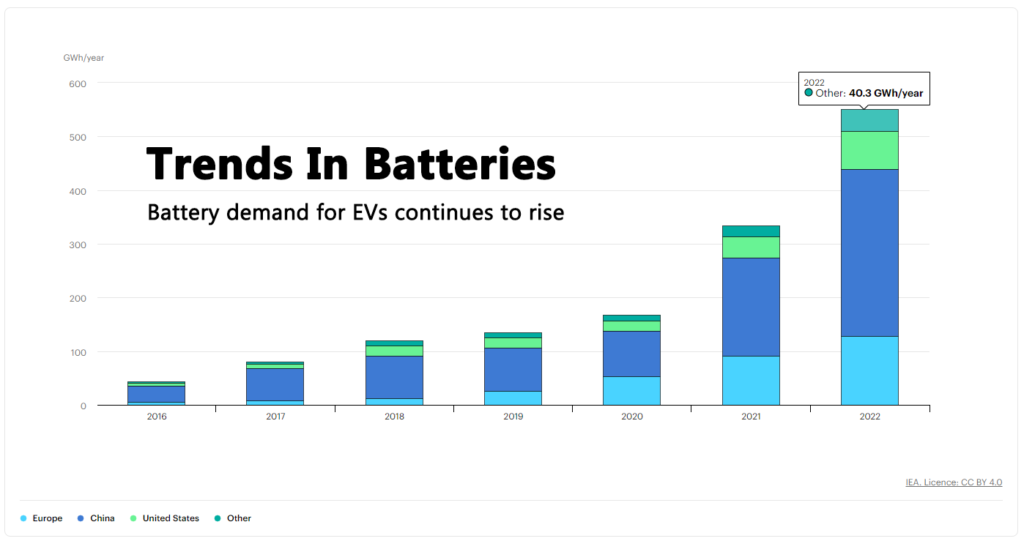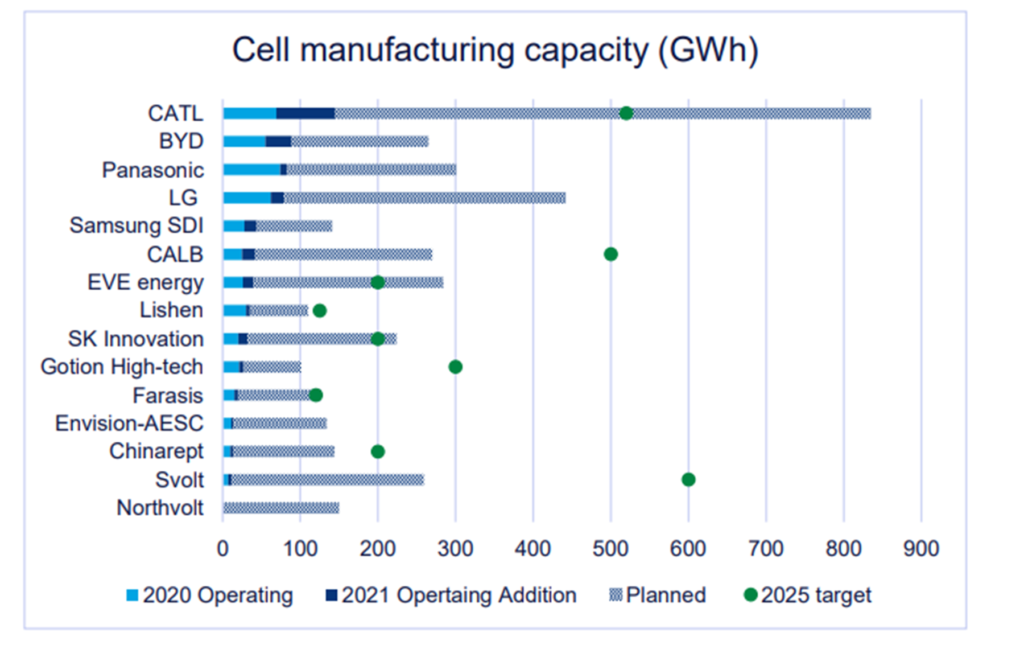Introduction
The advent of lithium batteries has marked a significant turning point in the global energy scenario. As our world leans more towards sustainable energy sources, lithium batteries have surfaced as an essential element, powering an array of devices from common household gadgets to electric vehicles. Their high energy density, long lifespan, and decreasing costs have made them a preferred choice for numerous applications.
The Lithium Battery Revolution
The dawn of lithium batteries has brought about a significant shift in our energy landscape, moving us away from fossil fuels and towards electric power. These compact yet powerful units have triggered a sea change across a range of sectors, with the automotive and renewable energy industries being the most notable. The rise in popularity of electric vehicles (EVs) is a case in point. According to the International Energy Agency (IEA), global sales of EVs topped 10 million in 2020. This surge is largely due to the impressive energy density and efficiency that lithium batteries offer.

The Lithium Battery Ecosystem
The lithium battery industry is a vast ecosystem spanning several sectors. It begins with lithium mining companies like Ganfeng Lithium, which extract the metal from the earth. The raw lithium is then refined and processed into lithium carbonate or lithium hydroxide by companies like Livent. Battery manufacturers like Panasonic and CATL then create individual battery cells. These cells are then compiled into battery packs, which energize a variety of electronic devices and electric vehicles. Integral to this ecosystem are recycling firms that reclaim valuable materials from spent lithium batteries. According to a report by the World Economic Forum, less than 5% of lithium batteries are currently recycled, but this figure is expected to increase as the demand for lithium continues to grow.

Innovation and Advancements in Lithium Battery Technology
The world of lithium batteries is one of constant innovation, with new production technologies and battery designs being introduced on a regular basis. One such innovation is the development of NMC 811 cathodes and nickel-rich batteries, made possible through the use of lithium hydroxide. These technological breakthroughs have not only boosted the performance and efficiency of lithium batteries but have also led to a significant reduction in their production costs. As per data from BloombergNEF, the average price of lithium-ion battery packs has seen a dramatic drop, from $1,100 per kWh in 2010 to just $137 per kWh in 2020.
The Future of Lithium Batteries
The future of lithium batteries appears promising, with several market reports projecting exponential growth in the coming years. As per a report by MarketsandMarkets, the worldwide market for lithium-ion batteries is projected to hit $94.4 billion by 2025, expanding at a Compound Annual Growth Rate (CAGR) of 16.2% from 2020. This surge is primarily fueled by the escalating adoption of electric vehicles, the necessity for storage in renewable energy, and the application of lithium-ion batteries in diverse industrial sectors.
The future of lithium batteries appears promising, with several market reports projecting exponential growth in the coming years. As per a report by MarketsandMarkets, the worldwide market for lithium-ion batteries is projected to hit $94.4 billion by 2025, expanding at a Compound Annual Growth Rate (CAGR) of 16.2% from 2020. This surge is primarily fueled by the escalating adoption of electric vehicles, the necessity for storage in renewable energy, and the application of lithium-ion batteries in diverse industrial sectors.
However, this growing demand for lithium batteries could also lead to potential supply challenges. According to a report by BloombergNEF, the demand for lithium could outstrip supply by 2025 if battery manufacturers don’t find ways to extract more lithium from existing resources or develop new lithium sources.
To addressthis potential supply challenge, some companies are exploring the possibility of lithium battery recycling. According to a report by the World Economic Forum, less than 5% of lithium batteries are currently recycled, but this figure is expected to increase as the demand for lithium continues to grow. Recycling lithium batteries not only provides a sustainable source of lithium and other valuable materials but also helps reduce the environmental impact of lithium mining.
Conclusion
The rise of lithium batteries has had a profound impact on the world, transforming various industries and paving the way for a more sustainable future. As the industry continues to innovate and evolve, lithium batteries are expected to play an even more crucial role in our daily lives. Whether it’s powering our smartphones, electric vehicles, or renewable energy systems, the importance of lithium batteries cannot be overstated.
In the next section, we’ll take a closer look at a specific type of lithium battery – the lithium iron phosphate (LiFePO4) battery – and find out why it’s becoming increasingly popular.

